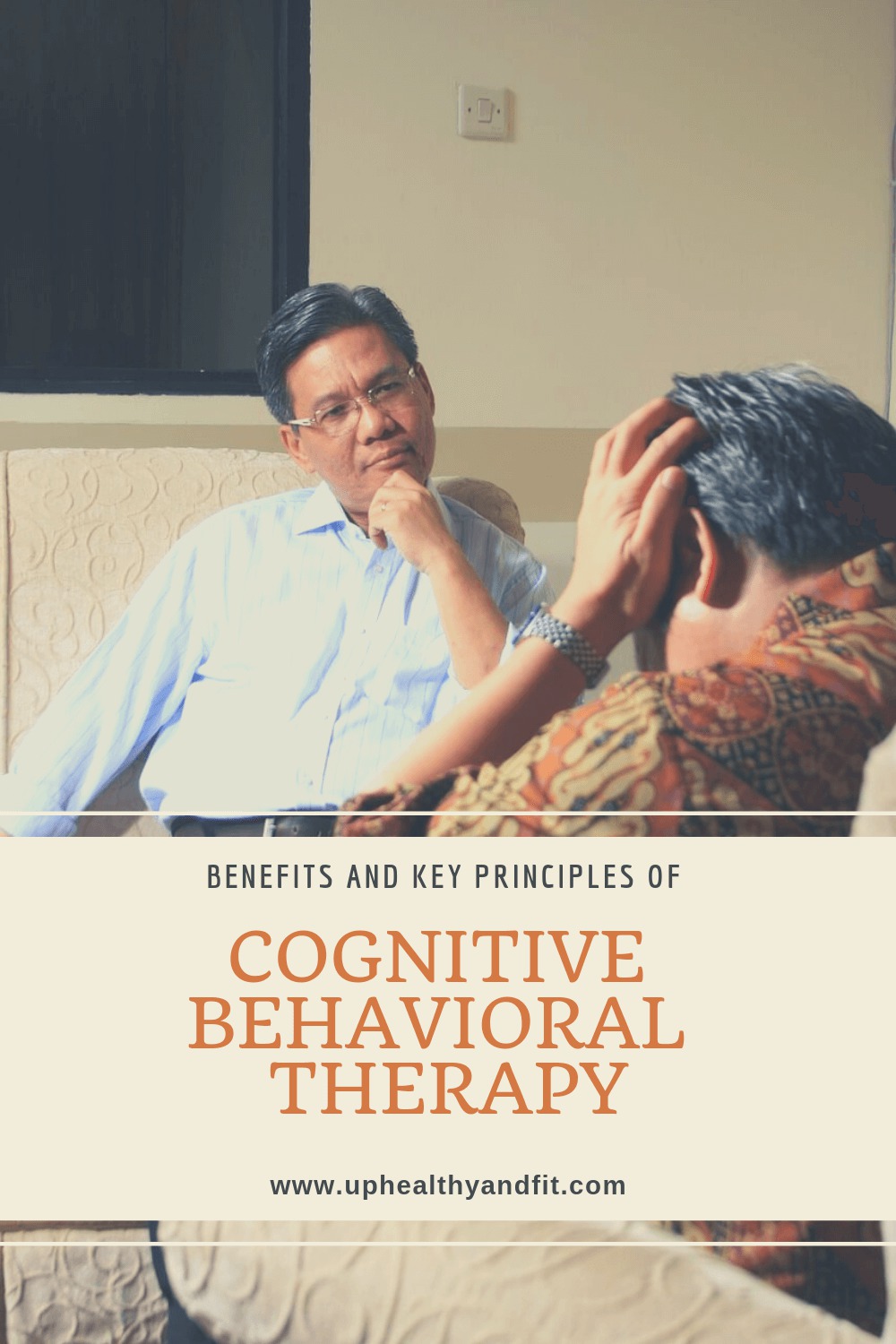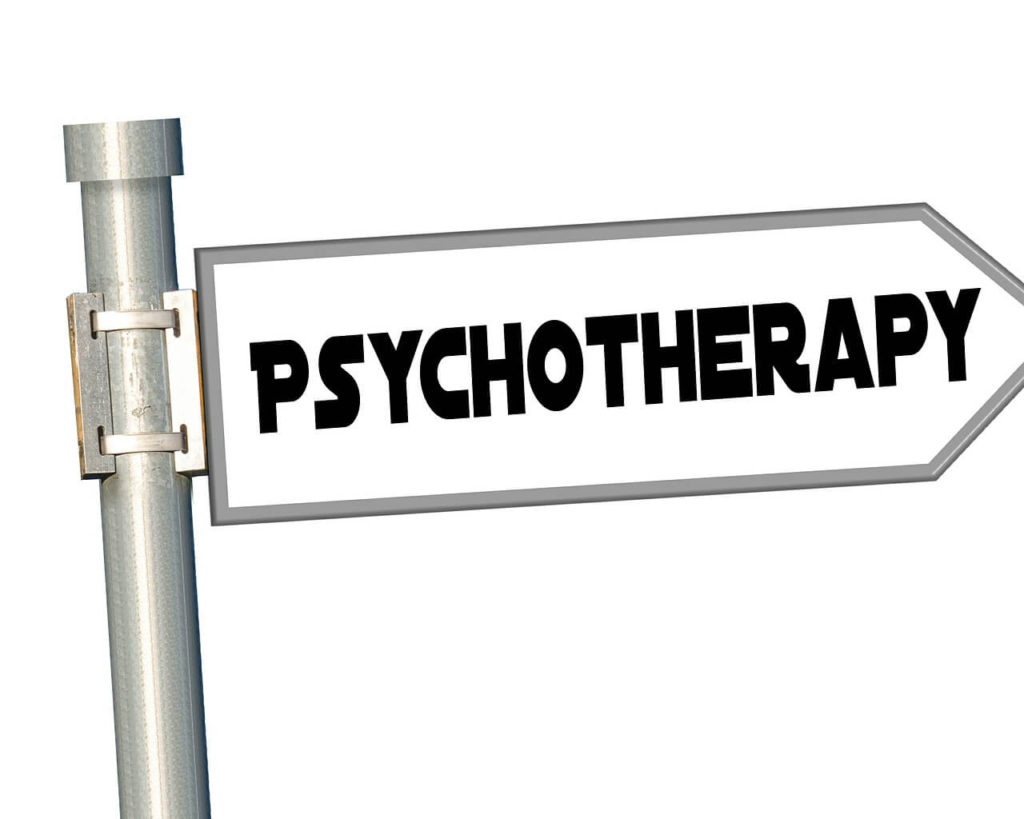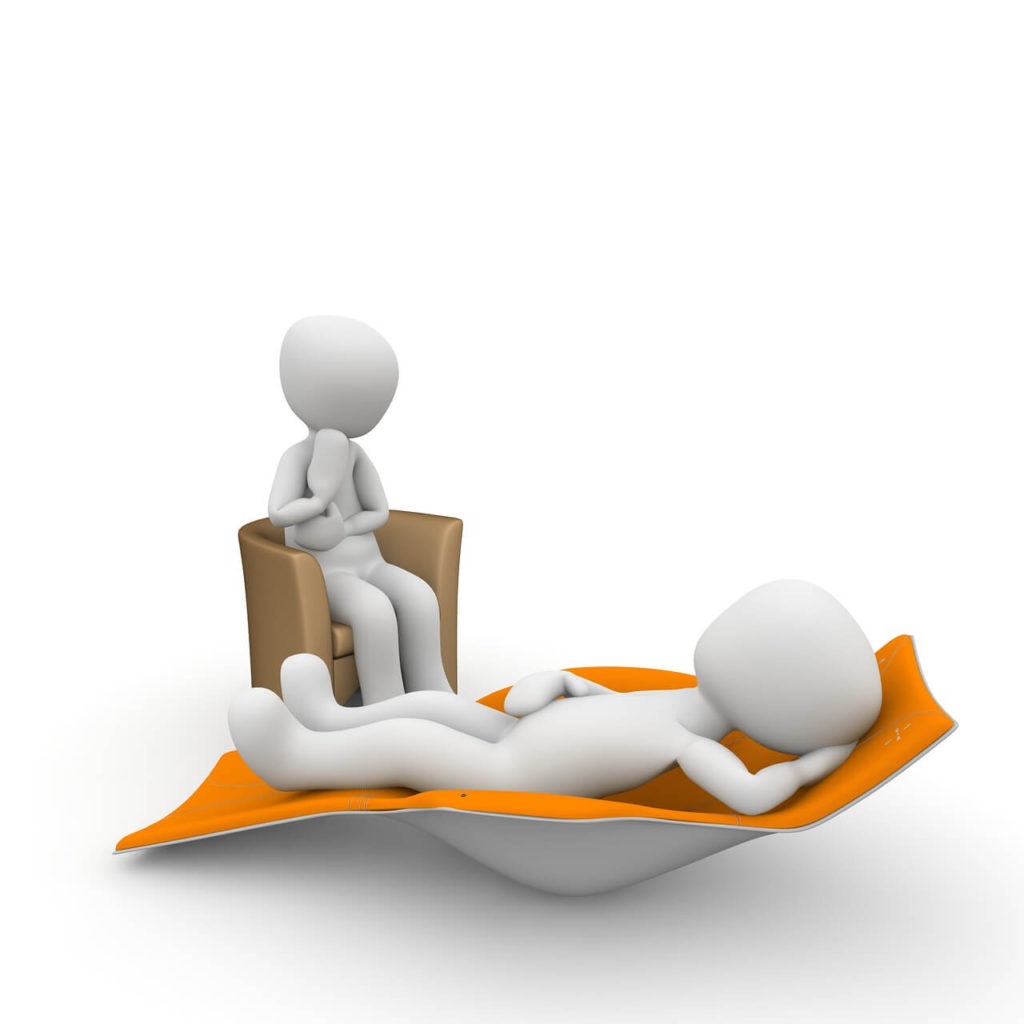If some of you read the ABOUT ME section of this blog, they know that more than 5 years ago now I had a very serious accident, which caused me to be hospitalized for 6 months.
After years of physical rehabilitation, I regained my walking ability, though what I experienced wasn’t just physical difficulties but emotional ones too!!!
The physical trauma had impacted me so hard emotionally. I couldn’t believe something so big had happened to me for real. After I was discharged from hospital, I knew I needed professional help to process the whole situation.
I had heard of cognitive behavioral therapy benefits before, so I decided to gather some more information about it, and finally turned to a skilled cognitive behavioral therapist. I had weekly sessions with him, and I must say I started to benefit from them after a couple of months.
I can’t deny there were sessions difficult for me to handle, as I found myself reluctant to re-live a few situations that would trigger painful emotions. Nevertheless, I knew I wanted to snap out of it as soon as I could. I trusted my therapist and my good resolutions as well. My therapy lasted one year, and the person I am today owes a lot to it!
What is Cognitive Behavioral Therapy (CBT)?
Cognitive behavioral psychotherapy is a treatment suggested when you suffer from such psychopathological disorders as anxiety, depression, panic attacks and phobia. But not everyone who benefits from CBT has a mental health condition. It can be an effective tool to help anyone learn how to better manage stressful life situations.
This treatment is based upon the idea that there is a tight connection between thoughts, emotions and behavior. According to cognitive behavioral psychotherapy, actually, emotional disorders are affected by personal experiences.
The psychotherapist aims at providing the patients with all he/she needs to handle with anxiety and modify the negative and wrong perceptions of the mind. What is peculiar about this approach is the explanation of the pathology through the analysis of the individual’s cognitive frames that keep anxiety going.
Key principles of Cognitive Behavioral Therapy:
CBT is based upon the idea that behavioral and emotional response is strongly affected by ideas, thoughts, and beliefs from the patient’s experience.
Cognitive distortions prevent the patient from facing his/her own psychopathological issues, despite the discomfort they cause and the opportunity to operate on their causes.
In nutshell, CBT’s aim is to, in those cases where it is possible, have the patient re-gain “common sense”.
Cognitive behavioral therapy is a scientifically backed up method, based upon the knowledge of mental frames and processes. At present, this strategy is world-wide considered as one of the most effective methods to understand and cure psychopathological disorders. The efficacy of this approach has been shown by scientific studies carried out rigorously.
The treatment’s goal is to solve tangible psychological disorders, trying to reduce, for instance, depressive and compulsive symptoms
Its duration goes from 4 to 12 months; mostly you have weekly sessions.
What is CBT for?
CBT helps to gradually face anxiety-provoking situations. Time after time, the patient re-learns how to manage those situations he/she used to avoid and/or that used to evoke negative thoughts.
CBT doesn’t just consist in eliminating anxiety, but it consists in making the patient able to handle with it concretely, by modifying dysfunctional emotions, behavior and thoughts.
Cognitive behavioral therapy (CBT) helps people identify and change thinking and behavior patterns that are harmful or ineffective, replacing them with more accurate thoughts and functional behaviors. It can help a person focus on current problems and how to solve them. It often involves practicing new skills in the “real world.”
7 main benefits of Cognitive Behavioral Therapy:
1) Understand and process effects of traumatic events;
2) Reduce and manage negative or destructive thoughts, feelings and behaviors;
3) Decrease or eliminate depression and anxiety;
4) Learn effective coping skills to manage difficult situations;
5) Become more confident and at ease in social situations;
6) Have more satisfying relationships at home, school or work;
7) Stop using drugs, tobacco and alcohol.
Cognitive Behavioral Therapy: how does it work?
CBT is a treatment aiming at progressively weakening the link between anxiety-inducing stimuli and anxiety perception. During this process, the patient may feel the most diverse emotions: fear, sadness, worry, anger, panic, etc.
In such circumstances, the cognitive part of psychotherapy:
- Teaches how to use relaxation techniques, to soothe both body and mind;
- Trains how to recognize those recurrent thoughts and distorted attitude triggering discomfort, negative feelings and wrong behavior, replacing them with more realistic thoughts and thoughts that are functional to the patient’s wellbeing.
The behavioral aspect trains how to implement these teachings to eliminate the symptoms. This psychotherapy aspect helps change the relationship with persistent troublesome emotions of the patient and the habitual behavioral responses the person implements in those circumstances, through:
- Learning new responses;
- Gradual exposure to troubling situations;
- Active management of emotional discomfort.
These two methods – cognitive and behavioral – act synergistically and, according to the disorder to cure, one component may outweigh the other. For instance, phobias benefit a lot from the exposure to the troubling circumstance (behavioral therapy), whereas panic attacks may be cured, above all, when you understand what they are triggered by (cognitive therapy).
CBT: what phases is it made up of?
The Cognitive Behavioral Therapy is made up of the following phases:
#1 Initial evaluation: the psychotherapist gathers information about what triggers discomfort. Through this anamnestic talk, the therapist understands what causes and keeps the psychopathological disorders of the patient going.
#2 Psycho-education: the psychotherapist shows the patient those disturbances and situations eliciting anxiety and panic, explaining it is just unharmful situations. This phase of CBT is extremely important, since the patient experiences the psychological issue with serious discomfort. For instance, fast heartbeat and shortness of breath may be regarded as signs of a heart disease.
During CBT, the patient may be given reading material, like brochures and books, in order to look into his/her issue more deeply and ease his/her nerves more and more.
#3 Cognitive reorganization: in this phase through talk with the patient, the therapist tries to understand the causes of anxiety and distorted thoughts. Through questions, the therapist looks into the circumstances in which anxiety showed up. This interaction (patient-therapist) is essential when it comes to recognizing what thoughts triggering panic attacks are distorted and aren’t real at all.
The patient has to monitor his/her thoughts, beliefs and negative perceptions, to be aware of the fact they are not harmful. Cognitive reorganization presupposes de-catastrophization: you propose situations, trying to see what could happen if the worst fears became real and if these would be so harmful as the patient thinks.
#4 Exposure: in the last step of CBT the patient is exposed to circumstances that can trigger the troubling symptoms, like vertigo, fast heartbeat and shortness of breath. These situations may be recreated with various methods, such as physical effort or breath.
The CBT process is concluded, when the patient is able to calmly face even any situation triggering the most anxiety (public speaking, driving the car, being with strangers or in an enclosed space, etc.).
Results:
CBT requires constant effort from the patient. Besides sessions in the psychotherapist’s office, the patient has to do “homework”, to put himself to the test with the new strategies he/she learnt.
CBT gives notable benefits even after a few sessions. The satisfaction experienced in those situations that used to be anxiety-inducing reassures the patient now and, at the same time, is motivational to keep on undergoing the treatment.
In case of more serious psychological issues, CBT may be used in combination with drug therapy (antidepressants and tranquillizers)
Working on emotional issues can be painful and often requires hard work. It’s not uncommon to feel worse during the initial part of therapy as you begin to confront past and current conflicts. You may need several sessions before you begin to see improvement.
How long does CBT last?
Psychotherapy can be short-term (a few sessions), dealing with immediate issues, or long-term (months or years), dealing with longstanding and complex issues. The goals of treatment and arrangements for how often and how long to meet are planned jointly by the patient and therapist.
Confidentiality is a basic requirement of psychotherapy. Also, although patients share personal feelings and thoughts, intimate physical contact with a therapist is never appropriate or acceptable.
Conclusion
Therapy is most effective when you’re an active participant and share in decision-making. Make sure you and your therapist agree about the major issues and how to tackle them. Together, you can set goals and assess progress over time.
Benefits with therapy depend on your willingness to share your thoughts, feelings and experiences, and on being open to new insights and ways of doing things. If you’re reluctant to talk about certain things because of painful emotions, embarrassment or fears about your therapist’s reaction, let your therapist know about your reservations.
If you don’t feel that you’re benefiting from CBT after several sessions, talk to your therapist about it. You and your therapist may decide to make some changes or try a different approach.
Sources:
#1 Psychiatry
#2 Mayo Clinic
Thank you for reading and if you find this article useful, please share it with your friends and leave me a comment.
I would really appreciate it!
Stay healthy!



